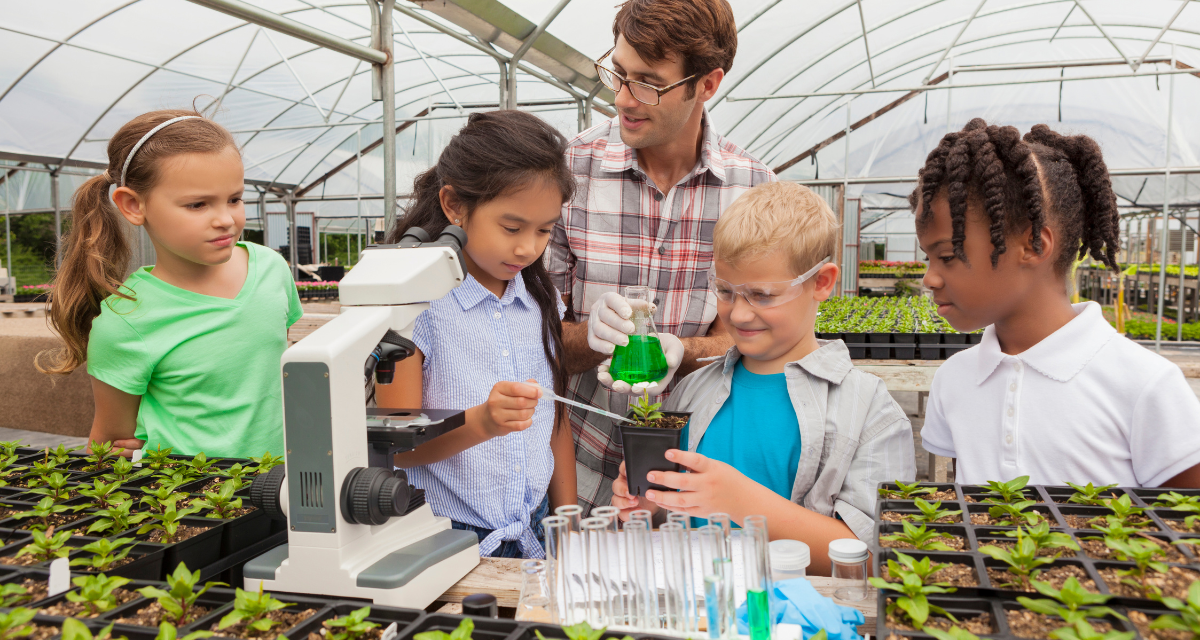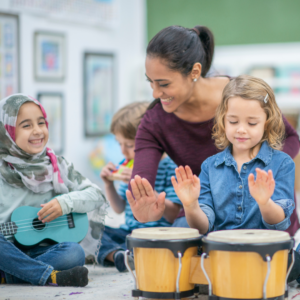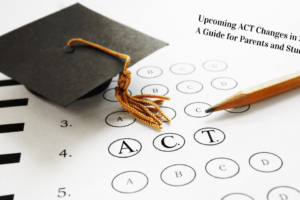
Is Maker Learning the Future of Education?
Maker learning or maker education are new terms currently surfacing in school districts here and there around the country. However, it probably won’t be long before these phrases are heard more often.
Maker learning is centered around engaging students by presenting them with hands-on activities and manipulatives as they work together in collaborative spaces. The students create inventions and develop ideas to identify and solve problems. To put it simply, the students are learning by doing.
It’s a DIY approach to education as the teacher guides the students when needed, as the educator allows them to learn without playing the typical role of the teacher. As the students try to solve problems through this approach, they encounter failure and error until they eventually have conquered an issue. 
The key to maker education is to give students chances to learn through activities they are interested in. It might mean presenting a play about historical events, creating a video game using technology, using a 3D printer to invent objects that will solve everyday problems or any other project that will allow them to be fully engaged in learning. It does tie in with the STEAM approach (Science, Technology, Engineering, Arts, and Mathematics).
In retrospect, this is quite the contrast to lesson plans used for decades, where the teacher is at the front of the room and behind a podium presenting lessons straight from the textbook. But as the 1:1 initiative (a computer device for every student) is being presented in schools across the country, Maker learning is quite suitable for this educational philosophy.
The Theory Behind Maker Education
Educational theorists Jean Piaget, a Swiss psychologist known for his work on child development, and Seymour Papert, who spent most of his career researching and teaching at MIT, would often state that a “maker education” helps students develop skills, knowledge and awareness through open-ended experiences that are student-driven.
The theory of Constructionism, a theory both Piaget and Papert supported, has been around for many decades and is one of the driving forces behind a maker education. In these learning environments, students create a project to undertake as they imagine and design solutions through a hands-on approach. They try solving real problems or creating something from nothing as they learn.
Another Name For a Comparable Philosophy?
Do some of this already sound familiar? So many “new” philosophies have been presented in education over the last decade, and quite a few are similar.
Maker education is comparable in philosophy to student-centered, student-led, or personalized education. There are plenty of similar philosophies but just presented under different terms.
Let iAchieve Be of Assistance
Whether students are experiencing a maker education, STEAM projects, or still learning in a teacher-led classroom, they sometimes need extra support. Here are iAchieve, we offer professional tutoring that can be done in person or remotely. If your child needs a helping hand with any subject, we can be there to provide support. It does not matter the grade level either. We work with students of all ages. Contact us to see how we can help your students.
RELATED BLOG POSTS
The Secret to Helping Kids Succeed in School. Teaching Towards Their Learning Style!



